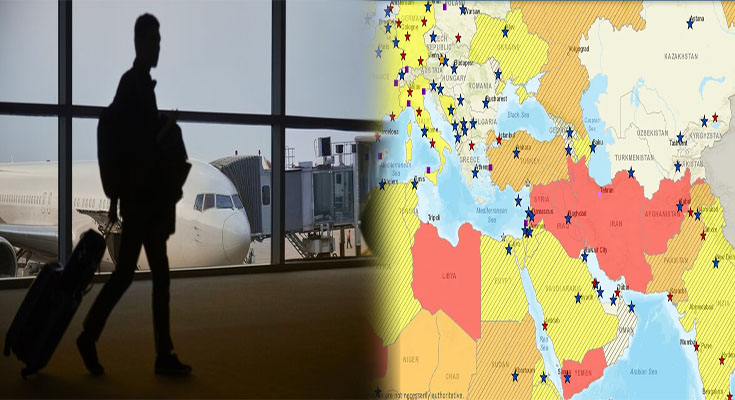Before embarking on an international trip, it’s essential to stay informed about any potential risks or concerns related to your destination. Travel advisory levels provide valuable information about the safety, security, and health conditions in a particular country. Here’s a guide on how to check the current travel advisory levels for international destinations to ensure a well-informed and smooth travel experience.
1. Visit Government Websites
One of the most reliable sources for travel advisory information is the official government websites of your home country. Most governments have dedicated pages or sections on their websites that provide updated travel advisories, including alerts, warnings, and safety information for specific international destinations.
2. Utilize Travel Advisory Apps
Several travel advisory apps offer real-time updates and notifications about travel advisories for various countries. These apps often provide comprehensive information on security, health, and natural disaster conditions, helping travelers make informed decisions when planning their trips.
3. Consult with Embassy Websites
The websites of foreign embassies and consulates can offer valuable insights into the current travel advisory levels for their respective countries. Providing specific advice for travelers, embassy websites are particularly useful for obtaining destination-specific information and contact details in case of emergencies.
4. Enroll in Government Traveler Programs
Many governments offer traveler programs that allow citizens to register their international trips and receive important safety and security alerts. These programs can provide up-to-date information and emergency support services during travel, ensuring that travelers are aware of any potential risks or changes in travel advisory levels.
5. Check with International Organizations
International organizations such as the World Health Organization (WHO) or the Centers for Disease Control and Prevention (CDC) often provide country-specific health advisories for travelers. These advisories include information on disease outbreaks, vaccinations, and other health-related concerns for international destinations.
6. Review Travel Insurance Policies
Many travel insurance companies offer resources and tools to help travelers stay informed about travel advisory levels and any potential risks associated with their destinations. Reviewing travel insurance policies can provide valuable insights into coverage options and assistance available in the event of unforeseen circumstances or emergencies during travel.
By utilizing these methods to check current travel advisory levels, travelers can make well-informed decisions, mitigate potential risks, and have a safer and more enjoyable international travel experience. Staying informed about travel advisories allows travelers to proactively prepare for their trip and take necessary precautions, ensuring a smooth and worry-free journey.





